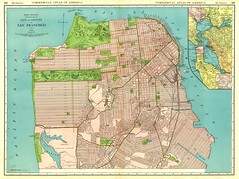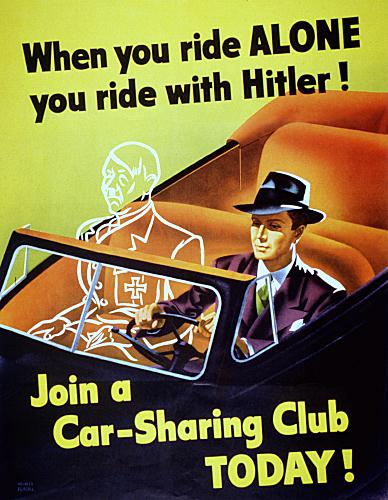 via Etsy Crap
via Etsy CrapNow, the overuse of the term boondoggle to describe projects that may or may not be bad but rather the writer doesn't like because its a hefty investment is epic. I find that its mostly writers and columnists who also use the phrases:
Streetcar Named Desire - Seriously. Stop it. It wasn't cool the first time you thought of it for an article headline, what makes you think its original the millionth time? Searching for an article on streetcars shouldn't bring me every mom and pop production of a a Tennessee Williams play.
19th Century Technology - So was the car. Karl Benz is the originator of the four stroke engine we know today in 1885. Frank Sprague made electric traction (electric railways) usable en masse in 1887. Also Portland Cement that we use in concrete was from the 1840's.
Driving pays for itself - I'm not going to waste time typing what people that read this blog already know.
If anyone has any other terms that the opposition uses that drive you nuts because of their truthiness, please use the comment section below. I saw boondoggle for the umpteenth time today while reading some articles, and it kinda made me want to hurl. But I wrote this to vent instead.







